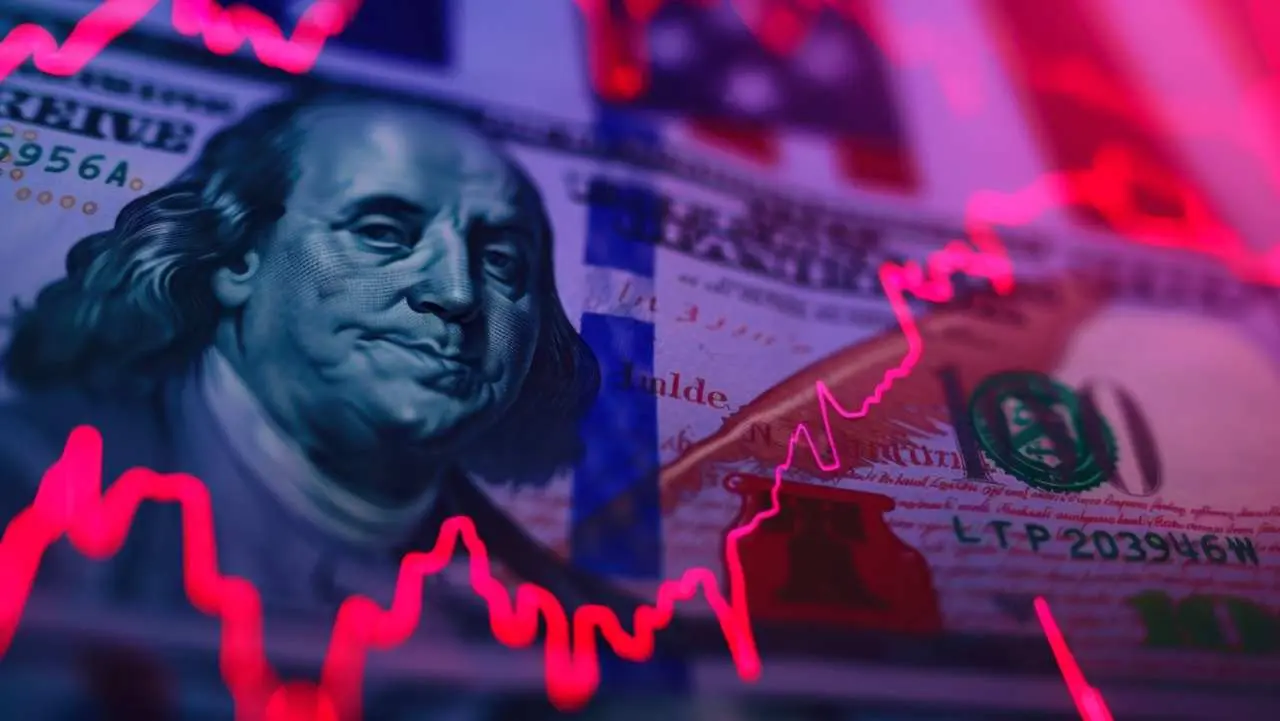The Swiss franc climbs as the Fed hints at a dovish tilt and demand for safe haven assets increases

The US dollar is still falling against the Swiss franc. The USD/CHF pair is trading just near multi-year lows not seen since 2011. This shift is being driven by two factors: the weakening of the US dollar and investors’ increased interest in safe-haven assets, particularly the strong Swiss franc.
Demand for safe havens is increasing as tensions in the Middle East subside
The precarious ceasefire between Iran and Israel has prompted investors to exercise caution. The agreement has momentarily alleviated fears of a wider conflict, but there is still a great deal of uncertainty. Investors remain cautious, as both sides have accused each other of violating the ceasefire. This circumstance has naturally increased the value of the Swiss Franc, which has long been seen as a safe haven during times of global upheaval.
Even when the franc strengthens, SNB remains strong.
Despite the fact that the Swiss Franc was rising, the Swiss National Bank (SNB) recently cut interest rates for the sixth time, returning the policy rate to zero. This adjustment is a strategic response to the deflationary concerns that are emerging, as Swiss consumer prices have gone below zero. However, most analysts still believe the SNB will not decrease interest rates again. According to Bloomberg, the majority of the analysts they spoke with do not expect any additional rate hikes this year, implying a wait-and-see policy.
The Fed’s dovish turn weakens the dollar
Fed Chair Jerome Powell’s most recent testimony exacerbated the Dollar’s problems. Powell stated that there are other alternatives, including a rate drop as early as July if economic data support it. This is because inflation remains above target. Other Fed officials, such as Bowman and Waller, have expressed the same thing, leading people to believe that monetary policy will be more flexible. As a result, the dollar is losing value, particularly against the Swiss franc, which is presently being supported by both the central bank’s caution and global investor demand.

